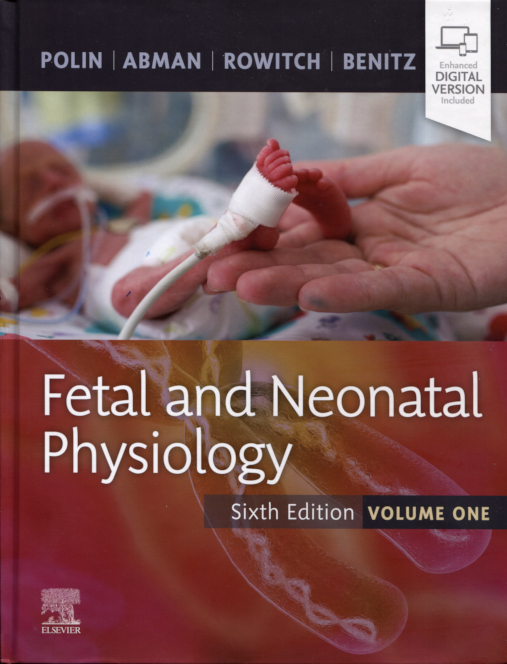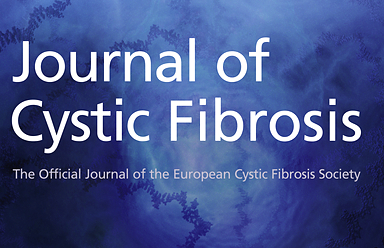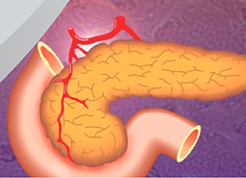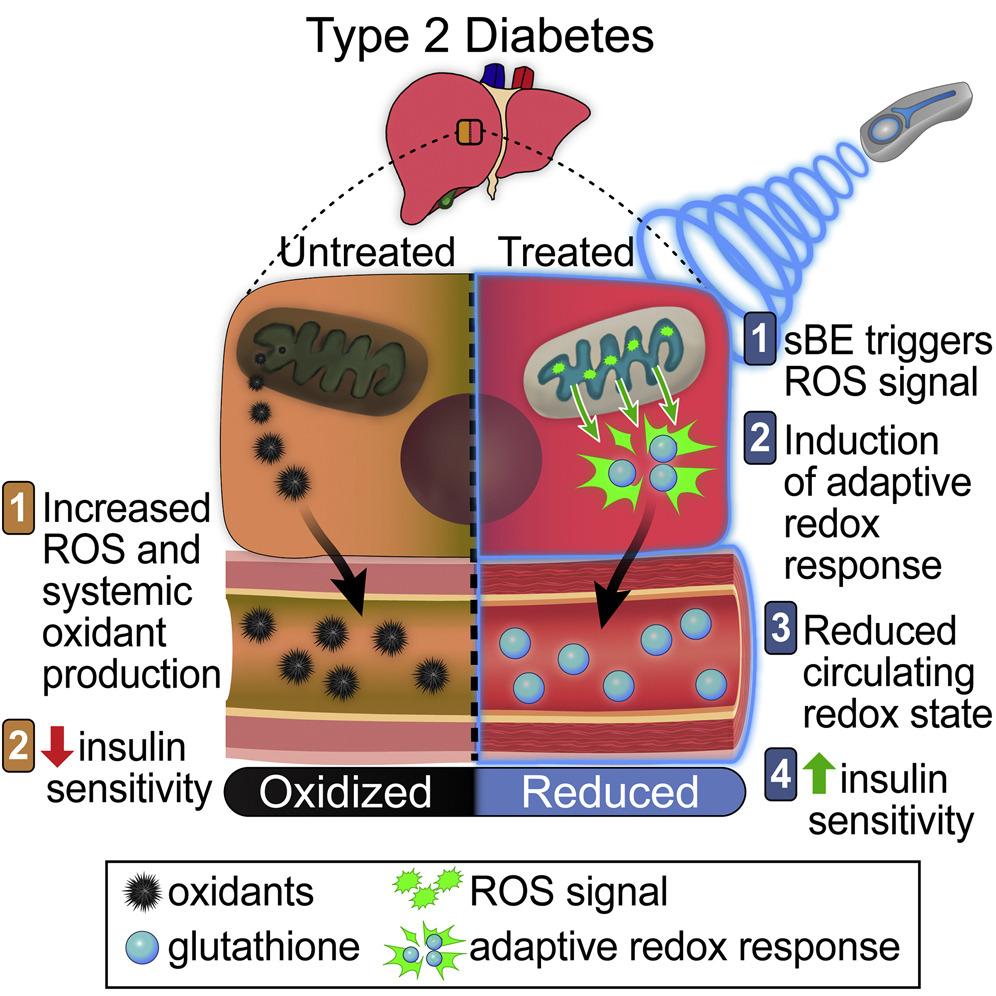
Type 2 diabetes affects over 35 million Americans and is a leading cause of disability, expense, and mortality. Type 2 diabetes occurs worldwide and some countries have rates up to roughly three times higher than in the US. Type 2 diabetes rates are climbing, in part because there are not optimal therapies and preventative strategies. Dr. Norris has contributed to a team that has identified a novel molecular target to treat type 2 diabetes. The new findings have now been published in the scientific journal Nature Communications (link). The new target is a protein named SWELL1. It is a chloride transport protein and is involved in beta-cell and adipose tissue functions. Interestingly, certain small molecules that inhibit SWELL1 both improve insulin sensitivity and increase beta-cell function. This combination of effects potently improved blood sugar levels in mice, indicating that these types of SWELL1 inhibitors may be a very effective means to treat and/or prevent type 2 diabetes.









